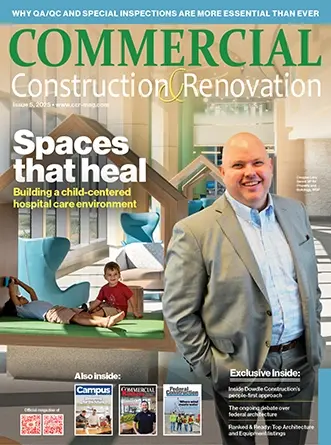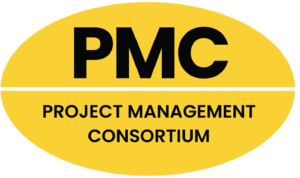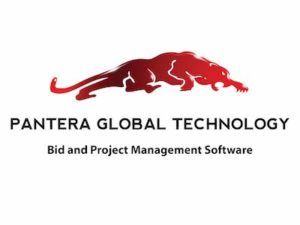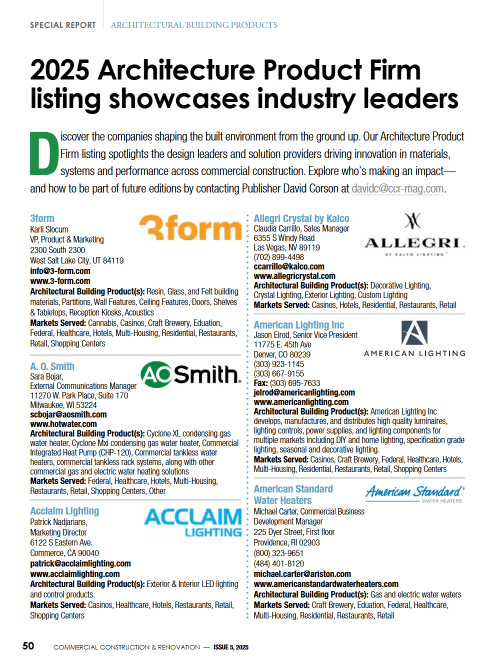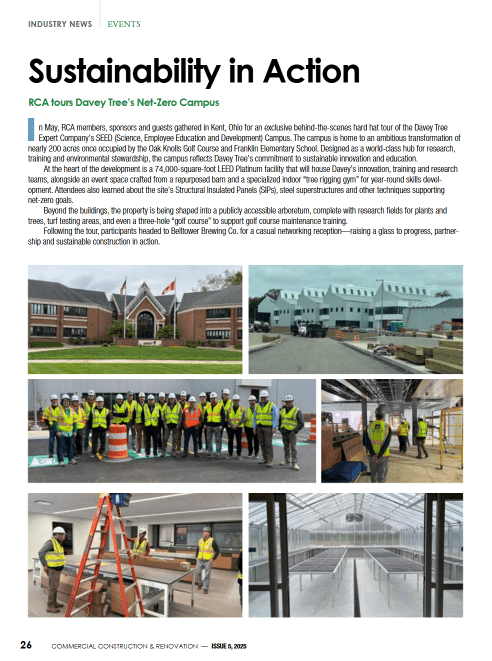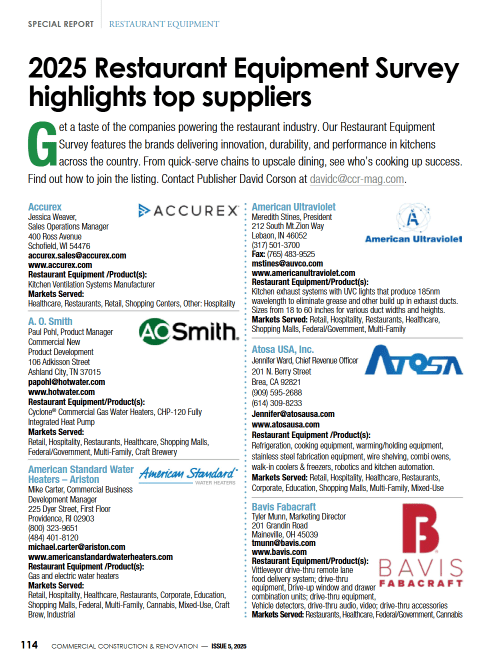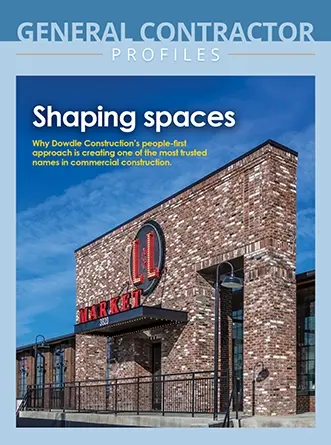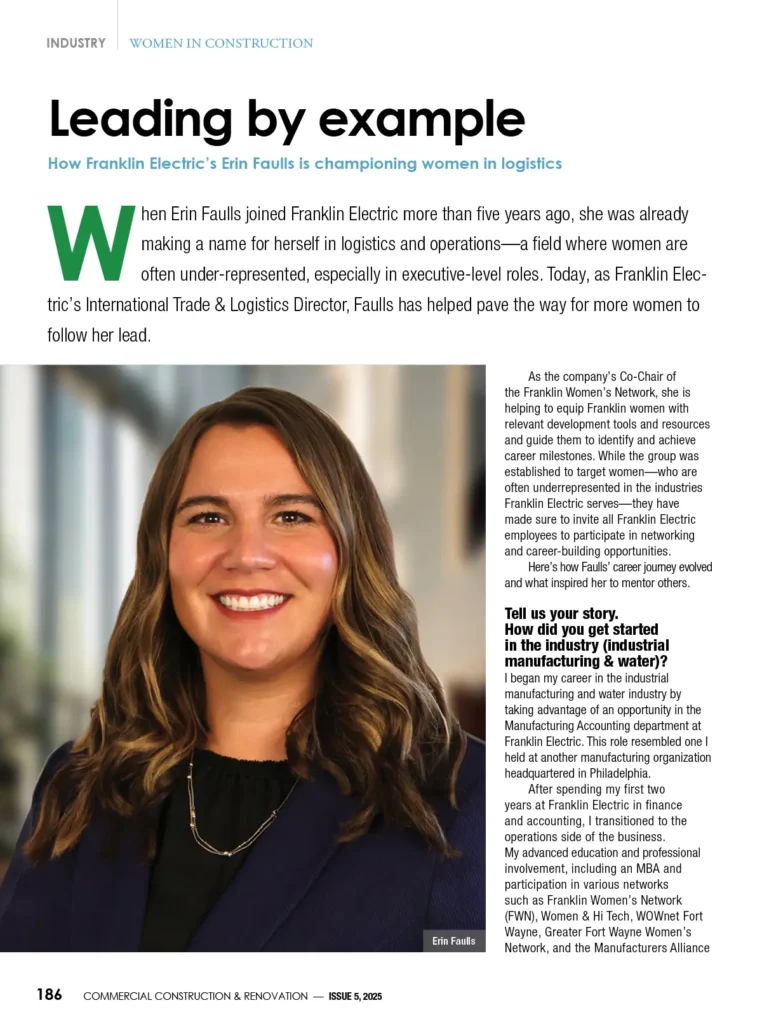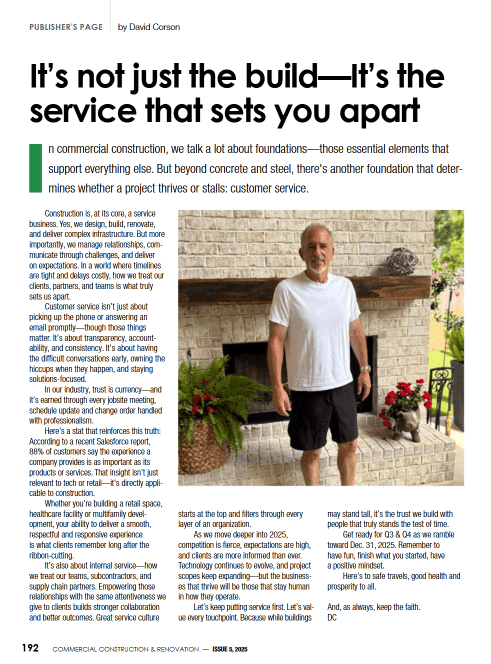 The root cause of facility failures is information overload. There are literally thousands of items in a facility that can be maintained. Being overwhelmed by the vast amount of information is understandable. Operations staff being lulled into a sense of complacency as the equipment hums along is likewise understandable.
The root cause of facility failures is information overload. There are literally thousands of items in a facility that can be maintained. Being overwhelmed by the vast amount of information is understandable. Operations staff being lulled into a sense of complacency as the equipment hums along is likewise understandable.
The concept of Strategic Facility Maintenance as an institutional affront to the “run to fail” resignations that we all must admit are prevalent in the facility industry. Why else is the term, “run-to-fail” universally understood in the industry?
Let’s get institutionalized
Definition: Strategic facility maintenance is…a monkish devotion to understanding the life cycle and trajectory of engineered systems and a recognition of the relationship of the facility O&M system to the governing business model at a given site.
Strategic facility maintenance requires an understanding of the skill set and experiences of the facility crew. This understanding is a natural consequence to designing service-tactics that cost effectively meet local business needs. Strategic facility maintenance is pragmatic, yet results oriented, and focused on meeting holistic business objectives of the facility.
A hallmark of Strategic facility maintenance is being human centrist. There is recognition that O&M is ultimately facilitated by human interactions and that human interfaces need to be developed in order to best meet the mission requirements.
Many technology offerings can support the need for strategic maintenance. But unless the staff owns their local maintenance strategy, the result could be a “wag the dog” scenario with software based technologies.
Use of a computerized maintenance management system (CMMS) is going in the right direction, but unless a practical program-plan is derived, the system is merely electronically formatting information overload. A fully developed CMMS database will hypothetically produce every manufacturer recommended service order for all facility equipment. Such a deluge of service orders is impractical and will promote a non-productive perspective.
Many technology offerings can support the need for strategic maintenance. But unless the staff owns their local maintenance strategy, the result could be a “wag the dog” scenario with software based technologies.
The crew will be more focused on “satisfying” administrative needs of the CMMS instead of the needs of actual facility equipment. The operations crew must be enabled to understand and prioritize the needs of the equipment and systems.
Designers utilized their professional expertise to design the facility’s engineered systems. Facility operators must likewise leverage their professional capacities to ensure that the CMMS issuance of work orders, through grooming of the CMMS database and associated function-matrix, is practical, effective, and cost beneficial.
People knowledge-items
Fundamental to the strategic facility maintenance strategy is recognizing staff skill sets, knowledge levels, as well as having a good understanding of the facility/campus relationship with third party vendors and their capabilities. Resource mapping, understanding the skill sets and experiences of the crew, enables management to understand those resources that will be at the operating edge of the O&M system. Will that edge be effective, or does it need to be sharpened and honed?
Equipment knowledge-items
Aside from the human components of strategic facility maintenance, there is the need to understand the equipment and systems.
Manufacturer guides list service intervals and provide technical guidance associated with machinery upkeep.
Commissioning materials will be comprised of those manufacturers’ guides as well as “as-tested” conditions of engineered systems.
Commissioning reports list electrical amperage draw of a pump compared to the gallons per minute flow of that pump, for example. This type of operating data should be the guideline for the O&M team as they gauge equipment performance and conditions. This commissioning data should be recorded within the CMMS.
For example, when a technician is performing an annual inspection of a motor, having readily available the “as-commissioned motor amperage” data will be valuable for equipment analysis.
Relating Knowledge Items: Facility Resources and Facility Equipment Needs
Engineering firms, at the training portion of commissioning, ideally will discuss with the facility crews how operating conditions will vary over the life of the equipment. This understanding will be key to gauging operational conditions.
Ultimately, the maintenance strategy leverages knowledge of the facility equipment to cost effectively serve the needs of the facility. The support for this leveraging activity is the staff and/or 3rd party service provider.The knowledge that defines the machinery will be artfully integrated with the service providers who will efficiently interact with facility systems. ( To take full ownership of a CMMS database and work order system, which are typically “boiler-plate” in nature; groom that system so that it serves the facility in a strategic manner, is a complex project. To integrate that strategic CMMS platform with the service providers, with the operating staff, is art.)
While I still have your attention
Let’s add some color to our white paper by discussing how this strategy was applied to a central plant providing chilled water to a campus. We will demonstrate how strategic facility maintenance was promoted at an actual facility project. Let’s get real.
The campus never had a central chiller plant. Air conditioning needs were previously served by localized air cooled roof top units. Early in the construction phase of the central plant, design engineers visited the staff and began talking to them about the “new central plant”.
The engineering team even conducted some training at their swank office. The facility crew, who were initially tepid about the “new central plant,” began to get interested in the project and the things they were learning.
Throughout the testing and commissioning process the design engineers observed the quality control processes with the crew, providing valuable commentary to the crew who diligently recorded this information in ever present notebooks. The engineers kept the tone of the discussions casual but covered a lot of ground.
Some of the tested conditions observed and discussed were: flow and pressure requirements, the need to baseline eddy current analysis of chiller tube bundles, etc. A good facility-engineering team, life-cycle camaraderie if you will, was being forged.
Throughout the design/construction process the crew was busy with building the CMMS database. “Departure From Specification” settings for systems and components were programmed into the CMMS such that future work orders would be instruments of continuous commissioning. When commissioning data was available, they recorded this information within the respective machinery history components of the CMMS.
When formal training, associated with commissioning, was conducted by manufacturer representatives, the crew was already up to speed with the engineering concepts they had been slowly introduced to by the design engineers during the construction job walks. The crew was eager to operate.
Following commissioning training-events, the design engineers hosted a series of roundtable events that summarized the project. The engineers reviewed the various “as-tested” temperatures, pressures, electrical readings of the equipment with the crew and discussed how those conditions will vary.
This training focused on “what ifs” – what if the water treatment program fails, what if strainers foul, what if air handling unit chilled water control valves were manually overridden.
Since the crew had developed a good knowledge base over the construction period and were familiar with the equipment, these discussions were fluid and well received.( Having the CMMS available during these roundtable events, replete with commissioning data, and performance setpoints, allowed for these discussions to serve as an inspection of the database as well.)
Going beyond what manufacturer’s representatives had covered with the crew, the engineers explained the reasoning behind maintenance tasks and focused on how the operating conditions were affected by service, or lack thereof. The engineers also understood, and preached, that maintaining design conditions were the best assurances that equipment operations would be efficient as well as reliable. A repair bill is typically preceded by larger and larger utility bills.
The crew was empowered and eager to operate the central plant. They knew they could handle it and that the design team was going to be ready to help them when stumped. The facility management team had secured an operations analysis agreement with the engineering team, designed to provide oversight, training refreshers, and practical guidance in such areas as third party vendor management. The engineering team also agreed to provide review and continuous oversight services for the CMMS.
The crew embarked on their journey. All was well until a heat wave caught them by surprise. The chiller plant responded to the load, however the water treatment system failed because the third party provider did not properly size the blow down valve for the system.
Since the crew were well trained on water treatment concerns by the design engineers, they diligently recorded the loss of conductivity control which ultimately resulted in fouled heat transfer capacity and inefficiency at the chillers.
The crew was able to report the degrading conditions to management in well-defined terms. (A Departure-From-Specification Report was generated by the CMMS). Armed with this information, facility management was able to approach the water treatment provider who was obligated to service the failed equipment and remedy the cause of the failure.
The crew, armed with knowledge, and a CMMS that serves as an instrument of continuous commissioning, was able to cost effectively drive the facility business.
When machinery knowledge associated with a building project is groomed, catalogued, and formally integrated with the building O&M team and CMMS with emphasis on life cycle practicalities and performance expectations – the business of building operations will be decidedly more productive and cost effective.
_____________________________________________________________
Stephan Freia Kruse is dDirector of marketing at P2S Engineering.

